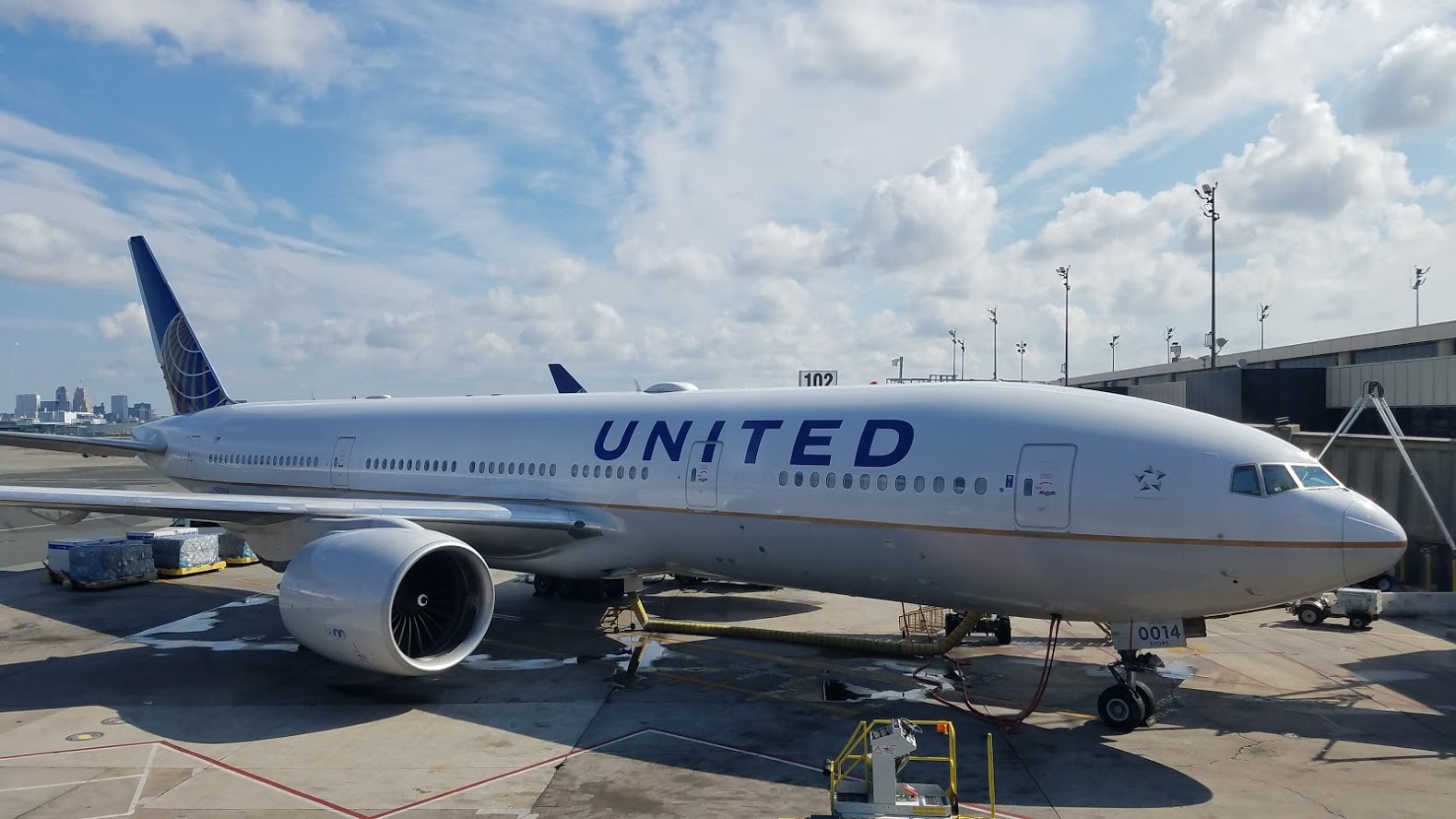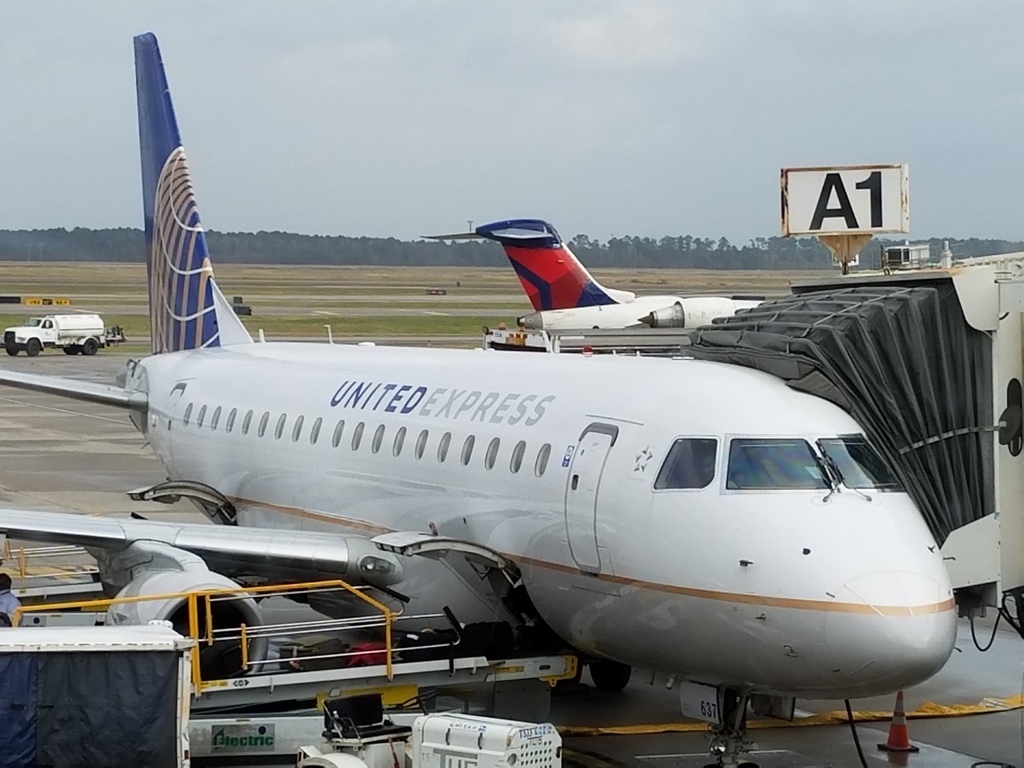United’s top public elite tier is 1K, or 1000 which is short for 100,000. However it no longer takes 100,000 miles to earn this status. In fact United MileagePlus no longer has anything to do with miles at all. You no longer earn redeemable points based on miles flown, and status is no longer earned based on distance either. Instead 1K status is either earned based on number of flights (not 100!) and spending, or on spending alone. It’s time to rename 1K status.
United Airlines elite status levels have evolved over the last 20 years. Before Global Services United has its old VIP program that was both more exclusive and offered better service. But what’s most interesting from a naming perspective is how the airline’s published elite status levels have evolved over the years.
United Airlines Elite Status Levels Were Combined With Continental With The Merger
United is no longer going to count distance flown towards earning elite status. However when United and Continental merged, each airline had 3 status levels:
United:
- 1K: 100,000 miles flown
- Premier Executive: 50,000 miles flown
- Premier: 25,000 miles flown
Continental:
- Platinum: 75,000 miles flown
- Gold: 50,000 miles flown
- Silver: 25,000 miles flown
These levels could also be earned on segments.
United and Continental combined these status levels, creating four tiers (excluding United’s revenue-based Global Services). Thus, they offered status at the 25,000; 50,000; 75,000; and 100,000 mile levels.
And they just combined the names as well — taking ‘Premier’ from the United side and the metallic name from Continental. So Premier Silver, Premier Gold, etc.

Airlines Usually Just Combine Their Elite Status Tiers When Merging
United followed the model that came before it — and that’s been stuck to since their merger as well.
- US Airways and America West combined three tier offerings that topped out at 100,000 and 75,000 miles respectively by creating four tiers at the same mileage levels.
- Northwest and Delta combined their tier offerings and created a four tier program with the highest qualification level at 125,000 miles.
American Airlines took its time, but eventually mirrored US Airways by adding a 75,000 mile elite tier.
United Used to Offer Two Status Levels That are Now Defunct
These aren’t the only status levels that United has ever offered.
- Up until February 2000 United used to offer ‘soft landings’ to elites that didn’t requalify for status, and had a level called ‘Premier Emeritus’. That way elites continued to get them priority services like Premiers did but without the 25% bonus on flown mileage. It meant using premier phone lines, getting elite check-in and boarding, and in fact did include upgrades at the gate and eventually 24 hours prior to departure by the late 1990s. The code for this level was ‘3P’… one below Premier (2P) and two below Premier Executive (1P).
- Between 2006 and 2010 United offered ‘Premier Associate’ status — a level that elites who reached certain mileage thresholds during the year could gift to others. It was like Premier Emeritus, more or less the first tier of status excluding upgrades, that gave recipients access to Economy Plus seating.

Where the Name “1K” Comes From
Silver, Gold, and Platinum are all precious metals But what about 1K?
Why does United use a two letter designator for the top elite status that can be earned by anyone? And why did United used to use two letter designators for its other status levels (Premier Executive = 1P, Premier = 2P) too?
It turns out that United wanted a system flag for their best customers, to identify them to agents as deserving of special attention. Then-Starwood CEO and former Senior Vice President of Marketing at United Airlines told me,
He shared the story of how United’s top tier elite level became 1K — they ran a database query for all of their 100,000 mile flyers and wanted to offer them additional recognition (“If an employee was only going to smile once a day, it should be for them”).
So they created a system tag to identify these customers to employees, and the space used had room for only 2 characters — it was meant as an internal tag, not to be public with customers, but it eventually stuck.
You’d think it would have been “100K” but they only had two characters to use. It wasn’t thought through as a customer moniker because it wasn’t originally intended for customers to see. Loyal members figured it out, as they do – they talk to agents, and they talk amongst themselves – and the term gained currency, so United kept it.


“ Why does United use a two letter designator for the top elite status that can be earned by anyone?”
It doesn’t. Last I looked, 1K has one letter in it. The phrase “two letter” is not synonymous with “two character”. Who copy edits your magazines’s copy ?
Always confused me that 1P was higher status than 2P – i guess having 1k ahead of it caused the confusion for me
Also remember ‘FO’ on Delta – Flying Orchid, which became the Silver Medallion designation not to be confused with Flying Colonel
United’s elite names are the worse.
Silver, Gold, Platinum are the easiest to understand.
1K is for kilo, ie 100 grams or 100 units.
not 1000.
sorry, disregard
Still not as dumb as ruby, sapphire, emerald
American Airlines AAvantage is confusing. Platinum this, Platinum that. Everyone thinks they’re Platinum (even Executive Platinum and Pro).
Sucker, Big Sucker and Bigliest Sucker are the appropriate names for all of these.
Upgrades don’t clear on any route you would be flying (ORD -> SFO, EWR -> LAX, etc… good luck), lounge access is accessible through lots of means, priority boarding is pinstriping on a good day. And the last bastion, mileage earning bonus, has now been turned into an arbitrary currency on the major US airlines. All the base stuff can be addressed for a $100 copay on a branded credit card.
The only thing that matters now is hotel status at select chains and (for now) flexible currencies like Amex, Citi, Chase points. Everything else is stamp-collecting.
Totally forgot about UAL segment credits. Memory lane. Where you going? Indianapolis to Dulles. Take me through ORD. I’ll get 4 segments on the round trip instead of two. Living in a non hub city always had its advantages.
The flight attendant near my seat recently called me by my name twice, saying thank you and goodbye, and that was more than anyone around me heard. That was good. Didn’t get a sorry for the no snack in coach, or anything other than the tiny water and cookie everyone else got. Thank was a disappointment. People are bring whole pizzas on the plane, other types of foods and beverages, so I think it is time for the airlines to offer better food options. They could safely hand over one of their $10 sealed snack boxes. I would take one!